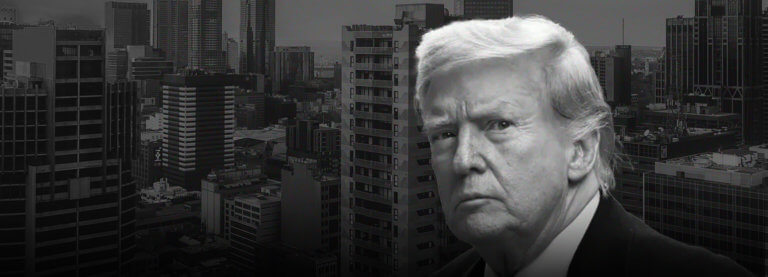
Now, the stadium itself, Target Field, is beyond gorgeous. New, shiny, with green grass and an awesome tribute to the original Twins mascots, Minnie and Paul (they actually shake hands whenever a Twins player hits a home run!). Even better than all that nifty stuff, however, is Target Field’s greatest feature: it is the most environmentally friendly and energy efficient ball park in the nation!
Target Field officially became the greenest outdoor ballpark in America when it received LEED status. Last year, TCF Bank Stadium became the state’s first LEED silver certified stadium. Now, we have two!
What makes Target Field so green, you ask? Well, besides the beautiful (real!) grass, there are features in the ballpark fans may or may not notice when they come to a game. Energy-efficient field light save $6,000 a year on electricity costs and the stadium sits on soil that was once contaminated but has been treated and replaced.
One of the most talked about green features of the stadium is its ability to be washed down with recycled rainwater. The recycling system, according to the Star Tribune, collects water from the field and drains it into a 100,000-gallon underground cistern. The water is disinfected and treated.
Officials estimate the $200,000 system will save the city of Minneapolis more than 2 million gallons of water annually, about half of what the ballpark will need.
The ballpark boasts a large number of public transportation options to get to the stadium. I took the light rail when I went for an exhibition game, and it delivers you right next to Target Field. The Twins website can advise you on the best way to get to the park by transit, automobile, bike, or on foot.
Minnesotans probably already know that Mankato limestone covers 60 percent of the stadium’s exterior. This is great since using local products like Mankato limestone reduces the stadium’s carbon footprint by reducing transportation costs.
According to the Pioneer Press, the greenest feature of Target Field is the lack of a roof. In 2008, the Dome spent almost $2 million to heat its facilities. Overall, the LEED features of Target Field should save them $38,000 a year on energy costs over standard features.
Twins owner and CEO Jim Pohlad told the Star Tribune how important environmental friendliness was to the organization in building a new stadium:
“Gaining LEED certification has been a longstanding goal for the Twins, Hennepin County and the Minnesota Ballpark Authority as we have collectively shared the responsibility to ensure strong environmental stewardship. It’s our sincere hope that the sustainability aspects of Target Field will provide inspiration to other local, regional and national projects of this magnitude.â€
Photo credit: Flickr


